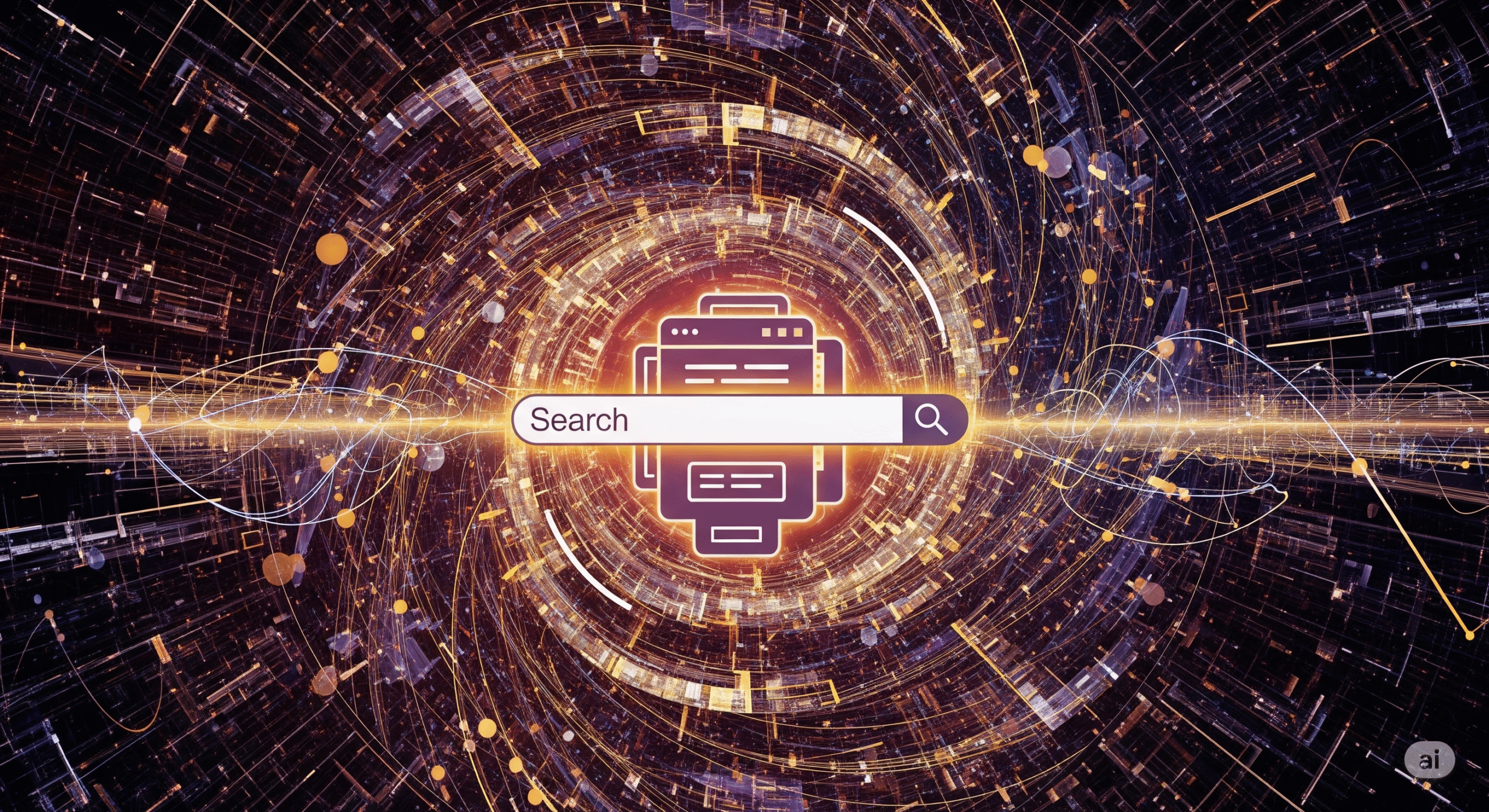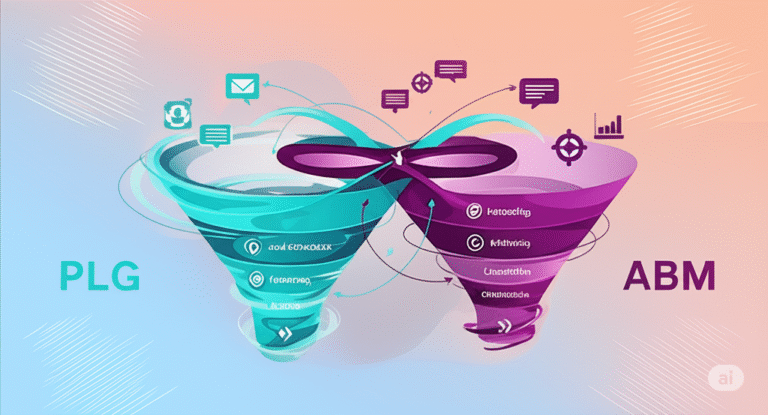SEO Marketing is Dying, AI Marketing is Taking Its Place
I. Introduction
For over two decades, SEO was the holy grail of digital marketing. Rank first on Google, and the leads would follow. But today, search behavior is evolving faster than your content calendar can keep up. Zero-click searches, algorithmic uncertainty, and the rise of AI-powered assistants have radically shifted the playing field. If your 2025 marketing strategy is still SEO-first, you’re building on a foundation that’s already crumbling.
This article explores why traditional SEO is in decline, how AI marketing is taking its place, and what modern marketers must do to adapt.
Firsthand Observations from the Field
I bring 15 years of firsthand experience in SEO and digital marketing, including time at agencies like Dallas SEODogs and SEO Runners. I began my career during the wild west of search engine marketing—when keyword stuffing, hidden footer text, and backlink farms were not just common, but considered effective. As Google matured and cracked down on these “Black Hat” tactics, I adapted my approach and transitioned into mastering “White Hat” SEO methodologies. Over the years, I’ve led successful programs built on high-quality content and solid technical foundations.
Yet even those well-structured programs began to show signs of fatigue as Google’s algorithm updates became more frequent and more disruptive. Rankings grew less predictable, visibility suffered despite strong fundamentals, and the performance of traditional SEO began to decline. I am finding success by integrating AI-driven marketing strategies into the mix. These include account-based CRM orchestration, funnel-wide optimization, and real-time personalization. What’s becoming increasingly clear is that context-aware AI strategies are no longer a competitive edge. They’re a necessity for engaging today’s buyers and driving sustainable pipeline growth.
II. The Slow Death of SEO
The Original Promise of SEO
In its earliest days, SEO was a marketer’s dream. By understanding how search engines indexed content, businesses could effectively reverse-engineer their way to visibility. Simple tactics like keyword density, title tags, and meta descriptions were often enough to dominate the search rankings. For small businesses and early digital pioneers, this meant unprecedented reach at virtually no cost. Google’s algorithm, while primitive by today’s standards, rewarded anyone who could match user queries with semi-relevant content.
As the internet matured, so did SEO. It evolved from a technical hack into a comprehensive marketing strategy. The introduction of concepts like PageRank shifted the emphasis from pure keyword repetition to authority—measured largely by inbound links from other trusted sites. This ushered in the era of link building and content marketing. Savvy marketers realized that SEO wasn’t just about search rankings, but about becoming a credible voice in a given industry. Content began to focus more on educating and converting users, and less on gaming the algorithm.
Google’s rise as a commercial platform only accelerated the importance of SEO. With AdWords enabling pay-per-click traffic and AdSense rewarding website owners for attracting eyeballs, search became a revenue engine on both ends. But this also introduced a dark side: the proliferation of low-quality, ad-stuffed websites designed to manipulate rankings and monetize traffic. These content farms diluted search quality and created a need for better filtering mechanisms.
To address this, Google rolled out major algorithm updates like Panda and Penguin in the early 2010s. Panda targeted thin, low-value content, penalizing websites that offered little more than keyword fluff. Penguin focused on cracking down on manipulative link-building schemes. These updates were a wake-up call for the industry. Overnight, sites lost massive traffic, and marketers were forced to embrace a more ethical, user-first approach to content and links.
By the mid-2010s, SEO had become more structured, measurable, and quality-driven. Success required a blend of technical fluency, strategic content creation, and trust-building through authentic backlinks. It was no longer just about ranking—it was about earning that rank through meaningful value and relevance. SEO became a long game, where consistent investment in quality yielded compounding returns over time.
At this point, SEO was seen as a compounding asset. Rankings, once earned, could deliver consistent traffic over time. Content calendars, blog strategies, and SEO tooling became essential parts of marketing operations. But as more brands adopted similar tactics and best practices became widespread, differentiation declined. The internet became saturated with optimized—but often indistinguishable—content, setting the stage for the coming cracks in the model.
The Cracks Begin to Show
The promise of evergreen traffic started to break down as the SEO ecosystem matured. First came the problem of saturation. With so many businesses using the same tools and tactics, most industry blogs and websites started to look and sound the same. Icon rows, CTA sliders, minimalist fonts, and grid-based layouts dominate the web today—not necessarily because they work best for users, but because they work best for Google’s crawler. Templates like Bootstrap and UX playbooks have contributed to this homogenization, making it difficult for users to tell one brand from another.
This sameness isn’t just visual. Content quality also suffers under the weight of SEO formulas. To please algorithms, many sites focus on keyword-rich headers, long-form content regardless of actual reader need, and links embedded more for internal structure than utility. The result is a flood of SEO-optimized articles that may perform well in ranking metrics but offer little substance or originality. SEO has driven a convergence not only in site structure but in storytelling and value delivery as well.
Meanwhile, Google’s grip on visibility has only tightened. The SERP is now dominated by ads, featured snippets, and Google’s own tools—often leaving little room for traditional organic links. What used to be a direct line from search to site is now an obstacle course of Google-owned content and zero-click features. Even when your content ranks, it may never get clicked.
User behavior is reflecting this frustration. Many users now add “Reddit” or similar terms to their queries to bypass spammy SEO content and reach authentic, community-sourced discussions. Some users are abandoning Google altogether, turning to social media platforms, forums, or AI chatbots for more direct and relevant answers. In short, the trust that once made SEO so powerful is eroding.
These shifts are not subtle—they signal a deeper structural change in how people seek and consume information. The old model of pulling users from search engines to owned content is no longer a given. Marketers who cling to SEO as the primary growth engine risk falling behind as both behavior and platforms evolve beyond the traditional funnel.
The Generative AI Disruption
As generative AI continues to evolve, it is reshaping how users discover information. Tools like ChatGPT, Perplexity, and Gemini now serve as go-to platforms for answering complex questions, summarizing insights, and even generating buying recommendations. These AI models are not dependent on traditional web page ranking—they synthesize information across sources to deliver coherent, natural-language answers. This shift is fundamentally altering the starting point of the customer journey.
User behavior is also changing. Instead of typing keyword phrases, users now ask nuanced, full-sentence questions. In response, AI-powered platforms deliver answers that bypass the traditional search funnel entirely. This means that strategies reliant on structured markup, keyword clusters, and link optimization are no longer sufficient.
To maintain visibility in this new paradigm, businesses need to focus on becoming authoritative sources that LLMs recognize and cite. This means investing in PR, earning high-quality backlinks, and formatting content clearly so that AI systems can easily parse and reference it. Equally important is the need for marketing teams to reallocate their focus.
Revenue marketers must concentrate on improving conversion efficiency and lead nurturing rather than solely filling the top of the funnel. Product marketers will need to create highly informative and accurate content that AI tools can trust and surface. Meanwhile, growth marketers must evolve from tactical execution to strategic orchestration, understanding the interplay between AI systems, user behavior, and organizational touchpoints.
III. The Rise of AI Marketing
The rise of AI marketing is not simply an evolution of digital tactics—it represents a fundamental disruption of the search-first customer journey. Generative AI models like ChatGPT, Perplexity, and Gemini have quickly become the preferred tools for information discovery. Instead of relying on traditional search engines, users are asking complete, complex questions and receiving immediate, personalized responses. These tools synthesize answers using a range of sources, removing the user’s need to navigate individual websites or click through a list of ranked results.
This behavioral shift renders traditional keyword-first strategies increasingly ineffective. The funnel no longer begins with a search query—it begins with an AI-generated insight. As these models become more deeply embedded in the daily behaviors of consumers and professionals alike, they are changing how attention is earned and distributed. Brands that once relied on SEO to pull users into their content must now focus on becoming trusted inputs within AI ecosystems. This requires a complete rethink of what visibility means in a world where the user’s first point of interaction is a summarized response, not a webpage.
To stay relevant in this environment, businesses must still pursue domain authority—but the criteria for authority have shifted. High-quality mentions in reputable publications, digital PR, and trusted backlinks still matter for rankings and more for recognition by large language models. These models draw from established, credible sources to assemble their outputs, meaning the way you build and distribute your content must account for how AIs parse and select information. Formatting content clearly, attributing sources, and ensuring accuracy have become more important than ever.
The operational implications for marketing teams are substantial. Demand Generation marketers must adjust their efforts away from maximizing top-of-funnel reach and instead focus on improving funnel velocity and conversion efficiency. The traditional lead-generation flywheel may narrow, but what matters more is how well prospects are nurtured through deeper stages of engagement. Conversion rates and customer lifetime value take precedence over click volume.
Product marketers will also take on elevated importance. As the stewards of precise, informative, and trustworthy product content, they now influence how AI platforms interpret a company’s value proposition. Their work must go beyond crafting messaging, they will have to understand how users will ask questions about their content. Meanwhile, growth marketers will need to operate more holistically. Their role now extends to aligning AI-optimized strategies across content, product, and sales. This requires not just tactical execution, but a strategic understanding of AI’s broader influence on attention, decision-making, and discovery. AI marketing isn’t a channel—it’s the infrastructure underlying how people find and trust information.
AI marketing is filling the gap—and how it’s not just a channel shift, but a fundamental transformation of how digital marketing works.
References
· Google Panda and Penguin update summaries: https://moz.com/google-algorithm-change
· Design System Analysis via UX Collective: https://uxdesign.cc/why-modern-websites-look-the-same-5f368234c274
· Reddit, StackOverflow user behavior trends: https://www.wired.com/story/reddit-google-search-2023/
· Generative AI overview (ChatGPT, Gemini, Perplexity): https://a16z.com/generative-ai-new-search/
· Search Engine Journal – “The History of SEO”: https://www.searchenginejournal.com/seo/seo-history/
· UX Design – “Why modern websites look the same (but it’s okay)”: https://uxdesign.cc/design-art-modern-websites-look-the-same-but-its-ok-52e233b40133
· SEO2 – “Why Google Search Is Bad”: http://seo2.onreact.com/google-search-is-bad
*This article was created using the support of AI (ChatGPT 4o & Gemini 2.5 Flash)



